Student Elective Report 6th January 2020 – 31st January 2020
Clinical Training report
Kuan-fu Chen
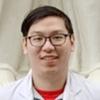
- Country
- Taiwan
- School
- National Taiwan University
- Elective period
- 6 January 2020 to 31 January 2020
Introduction
My name is Kuan-fu Chen, a 6th year medical student from National Taiwan.
University in Taiwan. It’s my last year as a medical student, and we have the opportunity to attend medical elective programs abroad to observe different medical systems and cultures in foreign countries during this final year. The most popular places for students in our school to attend elective programs are the USA and Japan. Fortunately, NTU had an agreement with Osaka City University for international exchange, so I took advantage of this and joined the clinical elective program in OCU.
%20and.jpg)
The OCU Faculty of medicine (back) and
the あべの メディックス (front),
seen from the Abiko-suji
%20and%20OCU%20Hospital%20(Left),.jpg)
The OCU Faculty (Right) and OCU Hospital (Left),
seen from our dorm
Application, Accommodation, Orientation
The details for application are clearly listed on the website of Osaka City University Faculty of Medicine.
The instructions were clear and we simply had to choose our preferred date and departments. The application form was sent to Miss Aki Sakurai,who helps to process applications of foreign students. Thanks to her prompt reply, I was able to complete the application process in a few hours. The vaccination certificate could be provided at a slightly later date. I was accepted into the Cardiovascular surgery and Neurosurgery department, each for 2 weeks. The accommodation was also offered during application, which saved a lot of money and time to find an apartment to stay in. As my course started on the first weekday after the new year vacation, I had to check-in to my dorm that morning. There were 6 exchange students during those 2 weeks. 3 other boys and I stayed in the same apartment. The apartment was quite spacious. It also included washing machine and dryer, so we could do our laundry at “our home in Osaka”. There were also microwave oven and refrigerator. Most important of all, it is located literally next to the hospital, which is really convenient.

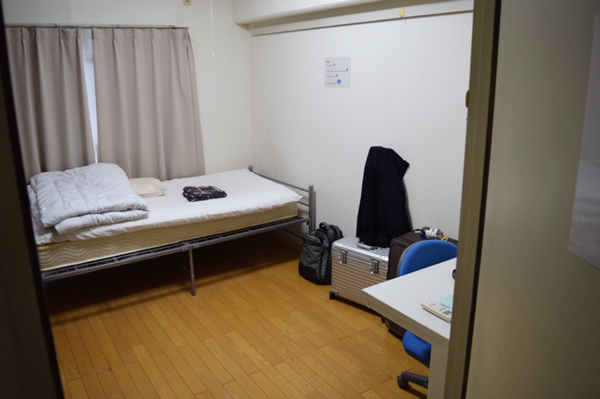
My room, a spacious double room shared with my classmate
Cardiovascular Surgery Department
After checking-in to my dorm, Miss Sakurai took me to the cardiovascular surgery department office. My main tutor is Dr. Sakon. He brought me around the hospital and the university to get familiar with the environment. As there were no students in the department during my time there, Dr. Sakon arranged the schedule for me.
There were 1-2 operations a day in the CVS department, and I could choose which one I would like to observe. Also, there were professor ward rounds on Mondays, and morning conferences on Wednesday. During my 2 weeks, I had the chance to observe different kinds of operation, ranging from Valvular repair, replacement, to total arch replacement, endovascular aneurysm repair, and bypass grafting, either performed by open surgery or robotic-assisted surgery. Not only did I observe the operation, but Professor Shibata also invited me to scrub in and have a better view.
It was a totally new experience, as I didn’t have a chance to do so in my hospital.
Also, he also let me feel the heart beating during a ventricular fibrillation episode. It was also a unique experience. In the 2 weeks, I observed some annuloplasty operation, which is rather rare in my hospital, as we performed more valve replacement operations. The doctors were also very willing to explain the procedures to me in English, and I really learned a lot during my course.
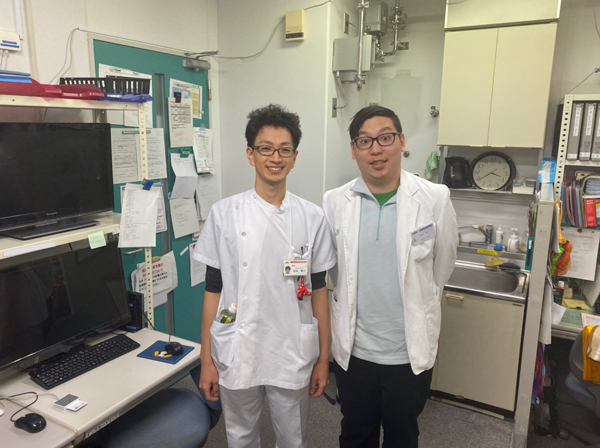
Dr. Sakon and me
Neurosurgery
After 2 weeks in the cardiovascular surgery department, my next course is the neurosurgery department. The neurosurgery department is one of the most famous departments in OCU hospital. It is also one of the most demanding courses for the Japanese students, as there is an English morning conference every day at 8 am.
However, it wasn’t a problem for me, as I was accustomed to being at the hospital every day at 8 in my hospital, or even 7 am in our neurosurgery department. Here I met 9 students from OCU, with 5 in the 5th grade and the other 4 in the 4th grade.
We were assigned to different teams, including meningioma, glioma, vascular and spine. There were some lectures, where the professors and doctors taught in both Japanese and English. Thanks to their thoughtful act, I was able to understand most of the contents. Although we were assigned to different team, we could observe any surgery if we wanted to. Thanks to the large number of operations every day, I observed all kinds of surgery. Also, as there were some neurosurgeons from India,Indonesia and Myanmar in an exchange training program. They were also really friendly and explained what was going on to us. Thanks to all the people in the neurosurgery department, my time there was really happy and rewarding.
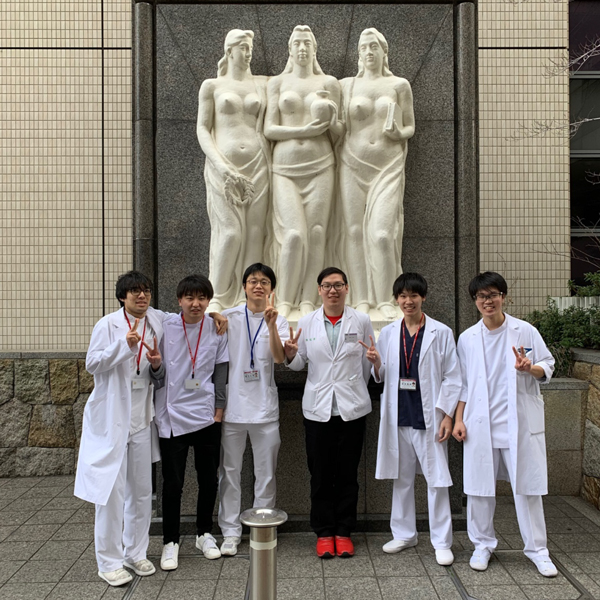
5th grade students and me, in front of the statue at the entrance of OCU
Differences between OCU and NTU
During the morning conferences, I noticed that most patients in both departments were referred from other hospitals. On the contrary, most patients in Taiwan simply go to a medical center like my hospital when they want to see a doctor, even if they were only having a runny nose. The government was trying to implement the referral-reverse referral system, but so far has been in vain. Although I didn’t have the chance to go to outpatient clinic to observe how it’s working in Japan, I’ve heard from my classmates that 20 patients a day would already be a lot in OCU, while in my hospital it is common for doctors to have more than 100 patients in just the morning. I do hope the family doctor and referral-reverse referral system can be successfully implemented soon in Taiwan. Also, in the operation room, there are some differences. Everyone wears the slippers provided, while in my hospital we simply put on a shoe cover. I have also noticed that all the operations are listed on the bulletin board in the OR, with patients with the same or similar last names specifically marked to avoid any confusions. It really showed how the Japanese people prepared everything down to the last detail.
Extracurricular activities
Prior to arriving Osaka, an OCU students, Soichiro, had contacted me and told me about a welcome party. There’s a club for hosting foreign students in OCU, and not only the welcome party, but we also had day trip to Kyoto, and some farewell parties. It’s really interesting to know the life of medical students in Japan. For example, most students also worked part-time to cover daily expenses, mostly as tutor but some worked in restaurants or coffee shops as well. It’s a little different from the case in Taiwan, where most students only worked as a tutor. Also, we shared about clinical experiences in our respective countries, as well as exchanging tourist attractions. We spent a lot of wonderful time together.
Also, as the location of OCU is just next to the Tennoji Station, a main hub for both JR, Osaka Metro and Kintetsu Railway, I was able to go to different places around. For example, one weekend I went to the Hokuriku area, and while Kyoto and Kobe aren’t too far away either.
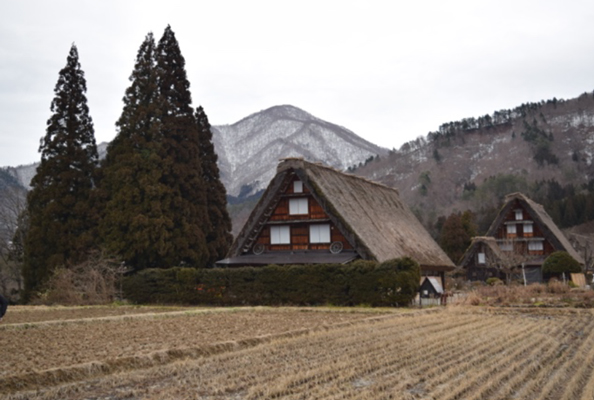
The Gassho Village in Shirakawa-go.Unfortunately,
there was no snow.
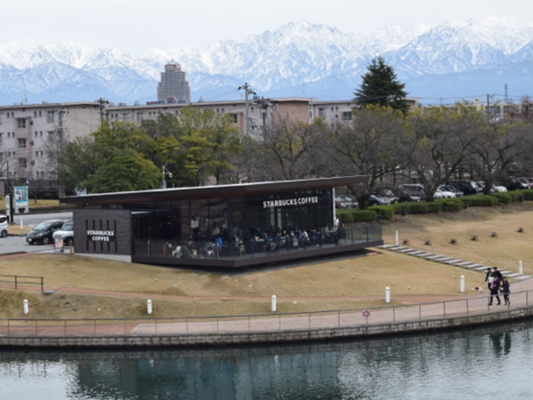
The famous “World’s Most Beautiful Starbucks” in Toyama
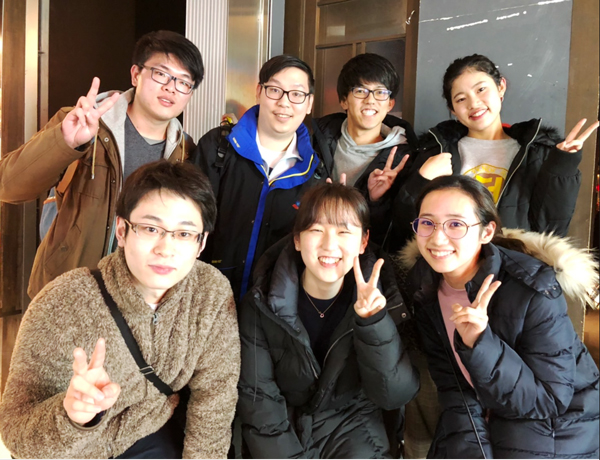
The exchange students and OCU students from the club for welcoming foreign students.
Food
The cafeteria in the OCU is a must try. They offer many kinds of Japanese food, from Ramen, Udon, Tonkatsu, and so on. Every day there is also a daily special set. The menu is changed regularly, according to local students. Most important of all, the price is really cheap. One can have a big lunch in less than 1000 Yen, and most of the time only roughly 500 yen is enough. Be sure to try when you come here.
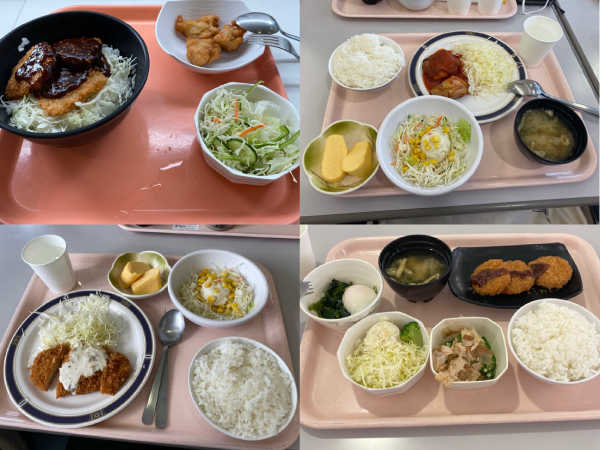
Some random examples of my lunch
Final Word
To sum up, it was a really rewarding month in the Osaka City University Hospital. I have learned much more than I had expected and I wish I could stay longer. All the people I met here were really nice and friendly. I would definitely recommend other medical students especially the ones in NTU to seize this chance and come to Osaka.
If given the chance, I would like to spend another 4 weeks in Osaka City University Hospital!